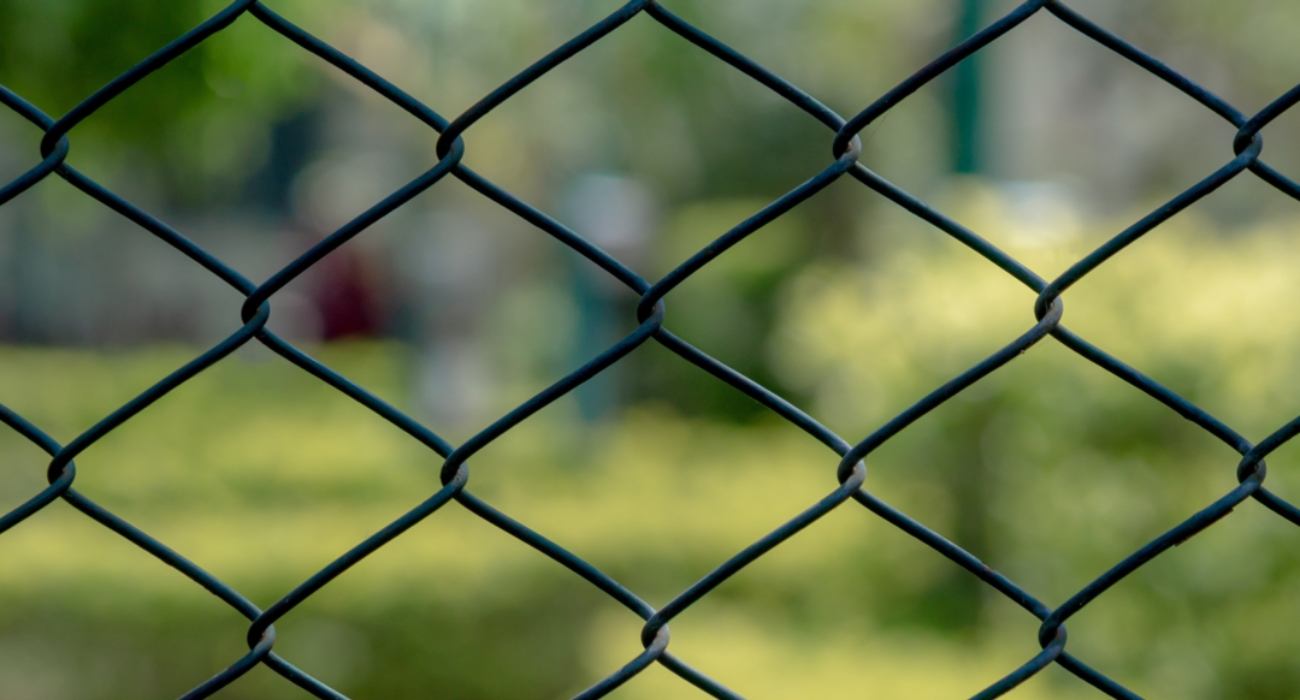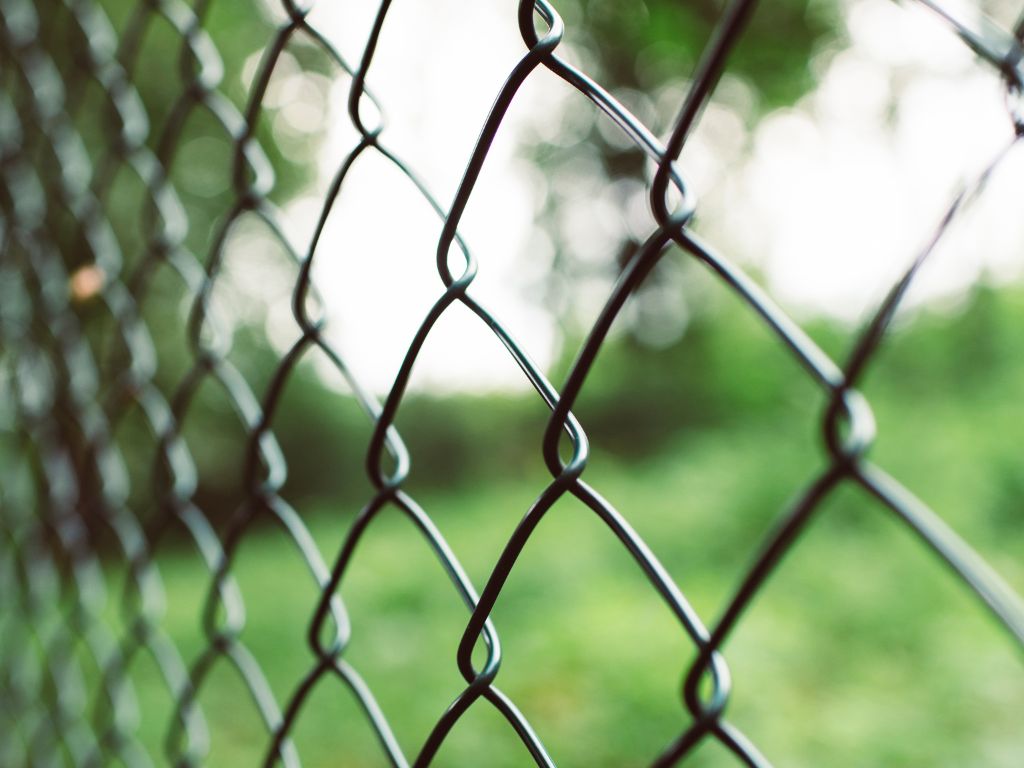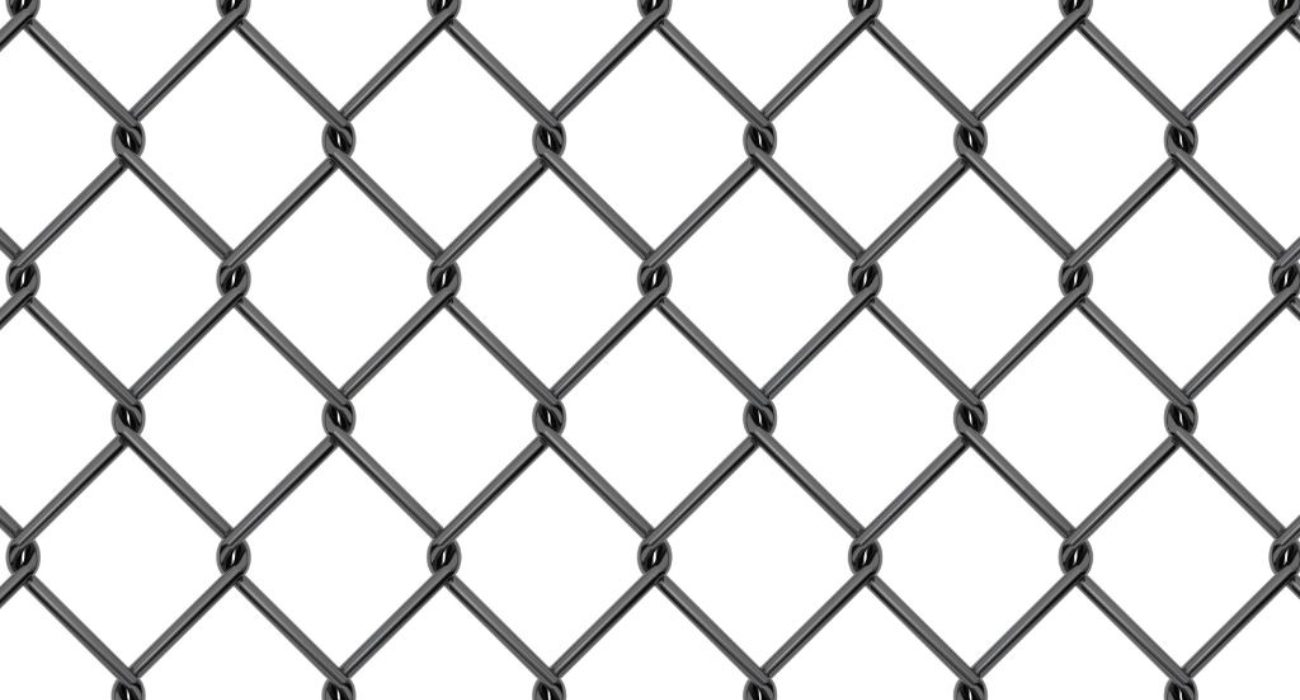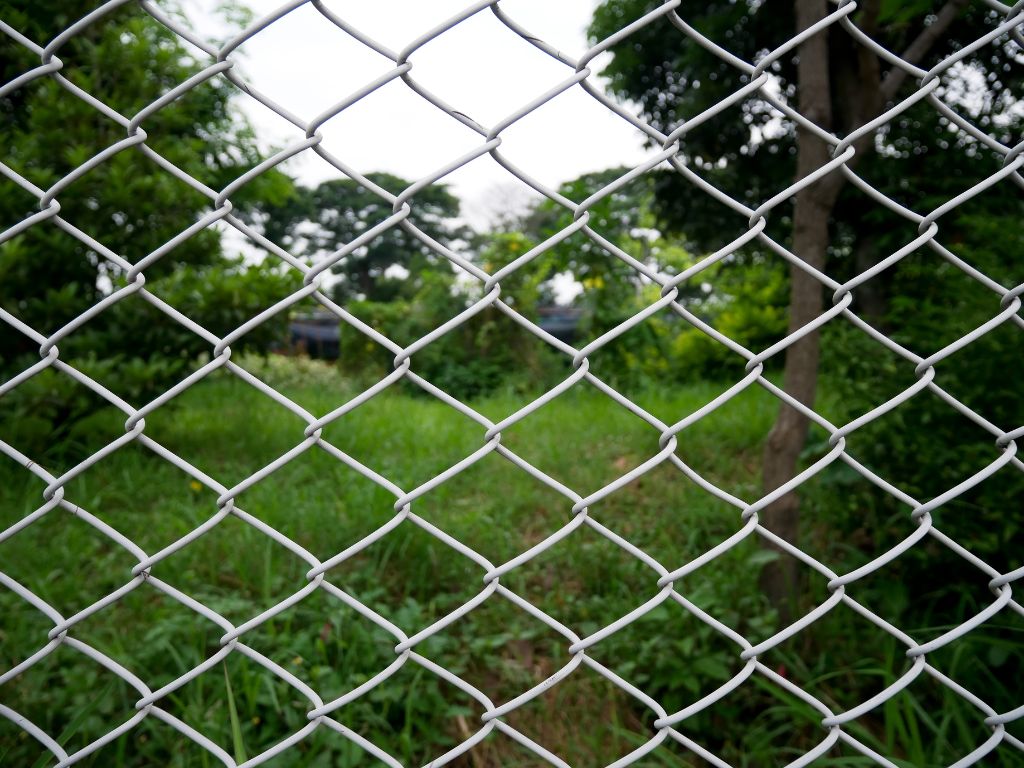- +91 98430 70904
- lakshmi_wirenetting@yahoo.com



Welcome to our in-depth chain link fence guide! You’re in the right place if you’re thinking about getting a new fence installed or if you want to learn more about the advantages of this adaptable choice. Everything from the fundamentals of chain link fences to upkeep advice and inventive applications will be covered.
A chain link fence is a form of woven fence that is often built from coated or galvanised steel wire. It is sometimes referred to as wire netting or cyclone fencing. The well-known diamond-shaped design is made out of wires that are bent into a zigzag pattern while running vertically. Widely utilised in both residential and business settings, this kind of fence is renowned for its toughness and adaptability. It is a well-liked option for safeguarding property without obscuring views because of its open weave construction, which offers security while allowing vision. A chain link fence is a form of woven fence that is often built from coated or galvanised steel wire. It is referred to as wire netting or cyclone fencing.

Because of its outstanding durability, chain link fences are a popular option for both residential and commercial sites. These fences are made of coated or galvanised steel wire and are intended to resist rust and corrosion even in the face of severe weather, such as torrential rain, snowfall, and direct sunlight. Because of the steel’s natural strength, it can withstand strong blows and still hold up well in regions with heavy traffic or areas that are subject to wear and tear. A chain link fence can easily last several decades with regular maintenance, which mostly consists of sporadic cleaning and inspections, giving property owners long-term security and peace of mind.

Because of its well-known affordability, chain link fences are a preferred option for both residential and commercial sites. Initially, installing this type of fencing is far less expensive than installing other types like vinyl, wood, or wrought iron. Chain link fences are affordable not only for the initial cost but also for the low upkeep they require. Chain link fences usually only require occasional cleaning and inspection, unlike wood, which may need to be painted or stained on a regular basis, or iron, which may need to be treated for rust. This lowers the labour and long-term expenses of maintenance. Furthermore, its longevity results in less replacements and repairs over time, offering outstanding value for the money. For many property owners, chain link fences are an affordable alternative because of their low initial costs and low recurring expenses.

An eye-catching and long-lasting substitute for conventional galvanised chain link fences are vinyl-coated fences. An extra layer of protection against rust and corrosion is added to these fences by covering the galvanised steel wire with a vinyl coating. This coating not only extends the fence’s lifespan but also provides a range of colour choices, enabling homeowners to perfectly coordinate the fence with the beauty of their landscape or property. In addition, the fence appears smoother and more polished thanks to the vinyl coating, which also lessens the harshness of the sharp metallic appearance of regular chain link fencing. Moreover, the vinyl covering helps shield people from cuts, which makes it a safer option for houses with kids or pets.
In summary, chain link fences are an adaptable, strong, and affordable fencing option good for a range of uses. They are a great option for businesses, public areas, and households due to their special blend of affordability, minimal upkeep, and strong protection. Chain link fences are a dependable and adaptable choice for fencing needs related to security, visibility, or aesthetic enhancement. A chain link fence is a smart investment for any property since it can last for many years and look good if you follow the right installation and maintenance procedures.
Sri Lakshmi Wire Netting company offers premium fencing solutions with unmatched quality. Our durable and customizable products ensure top-tier protection for any space. Choose us for reliable, long-lasting solutions tailored to your needs.
No. 5, Brindhavan Colony, Kulatheri Main Road, Near Perks School, Uppilipalayam, Coimbatore – 641015, Tamil Nadu, India
+91 98430 70904
Copyright © 2025 Sri Lakshmi Wire Netting Company. All Rights Reserved
WhatsApp us